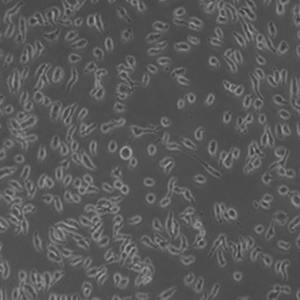 Smart Citations
Smart CitationsSee how this article has been cited at scite.ai
scite shows how a scientific paper has been cited by providing the context of the citation, a classification describing whether it supports, mentions, or contrasts the cited claim, and a label indicating in which section the citation was made.
MiR-130a-5p contributed to the progression of endothelial cell injury by regulating FAS
MicroRNAs (miRNAs) play critical roles in the development of vascular diseases. However, the effects of miR-130a-5p and its functional targets on atherosclerosis (AS) are still largely unknown. In this regard, our aim is to explore the potentially important role of miR-130a-5p and its target gene during the progression of endothelial cell injury. We first found oxidized low-density lipoprotein (ox-LDL) induced FAS and cell apoptosis in HUVECs. Subsequently, miR-130a-5p expression was verified to be downregulated after ox-LDL treatment and negatively correlated with FAS, and FAS was identified as substantially upregulated in the ox-LDL-treated HUVEC cells. After that, the knockdown of FAS and overexpression of miR-130a-5p together were observed to aggregate ox-LDL-induced reduction of cell viability and apoptosis, cell cycle progression, cell proliferation, cell migration and invasion. In conclusion, we detected that miR-130a-5p contributed to the progression of endothelial cell injury by regulating of FAS, which may provide a new and promising therapeutic target for AS.
How to Cite

This work is licensed under a Creative Commons Attribution-NonCommercial 4.0 International License.
PAGEPress has chosen to apply the Creative Commons Attribution NonCommercial 4.0 International License (CC BY-NC 4.0) to all manuscripts to be published.







